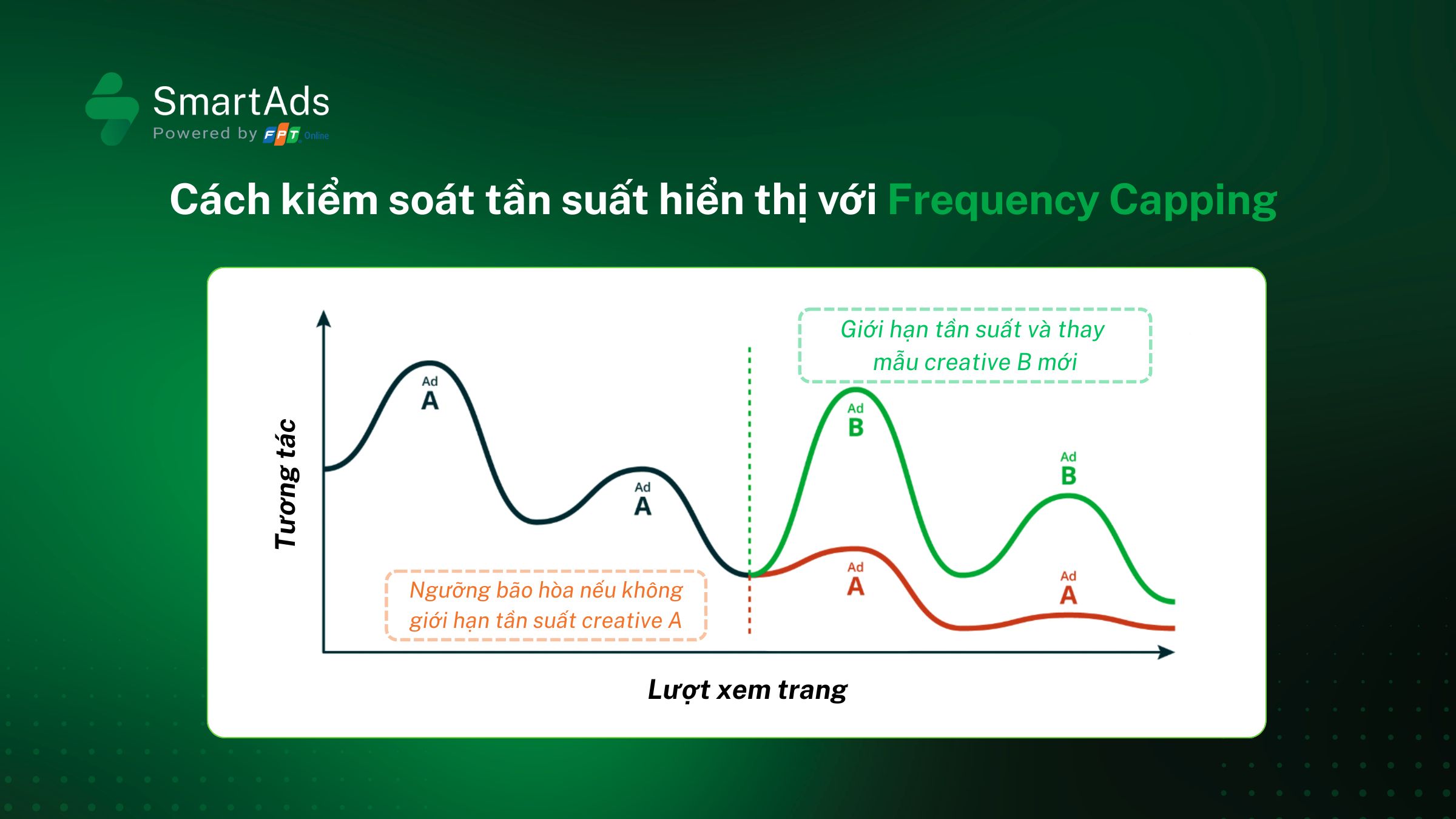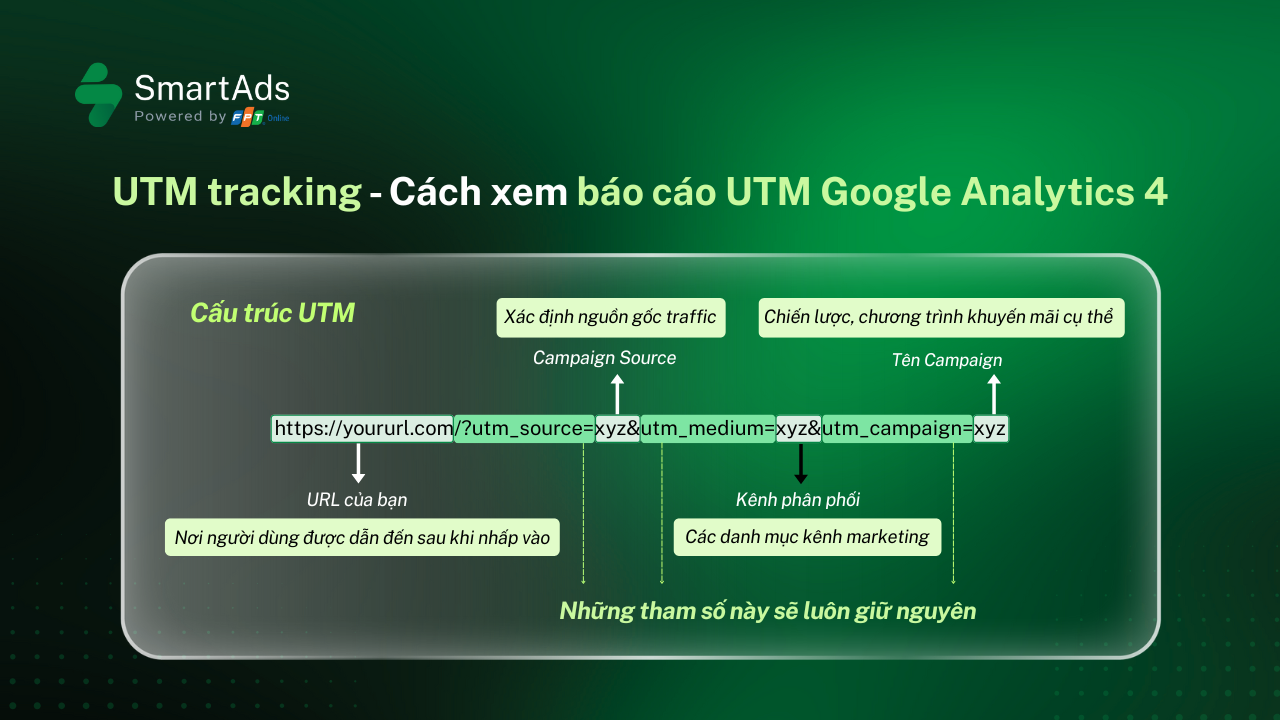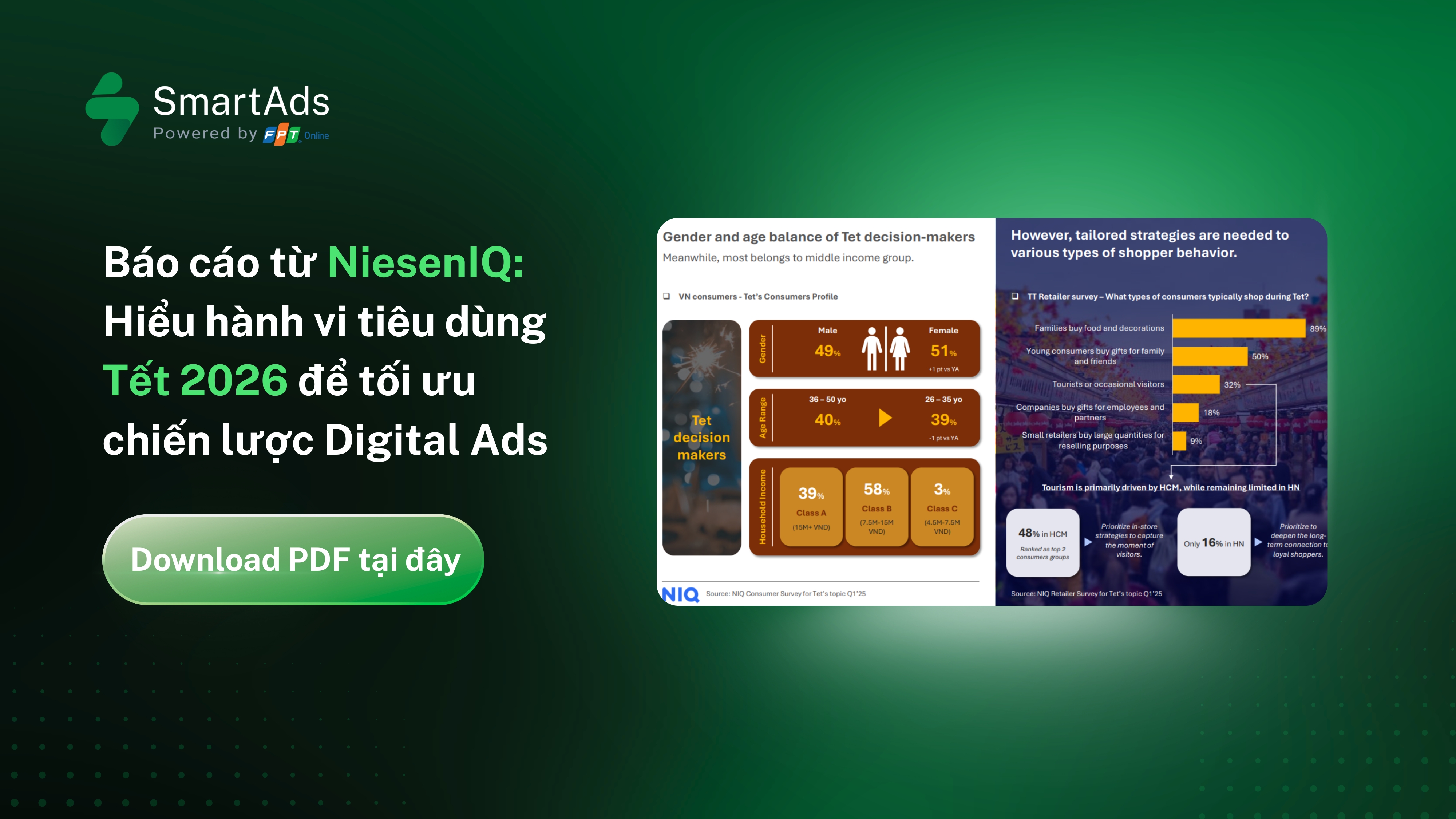1. What is Programmatic Advertising?
According to Oliver Busch, “Programmatic Advertising is the process of automating the buying and selling of digital ad space through technology platforms. Every step in the workflow is automated to improve efficiency, allowing access to all formats and channels based on data-driven infrastructure and pre-built ad inventories.”
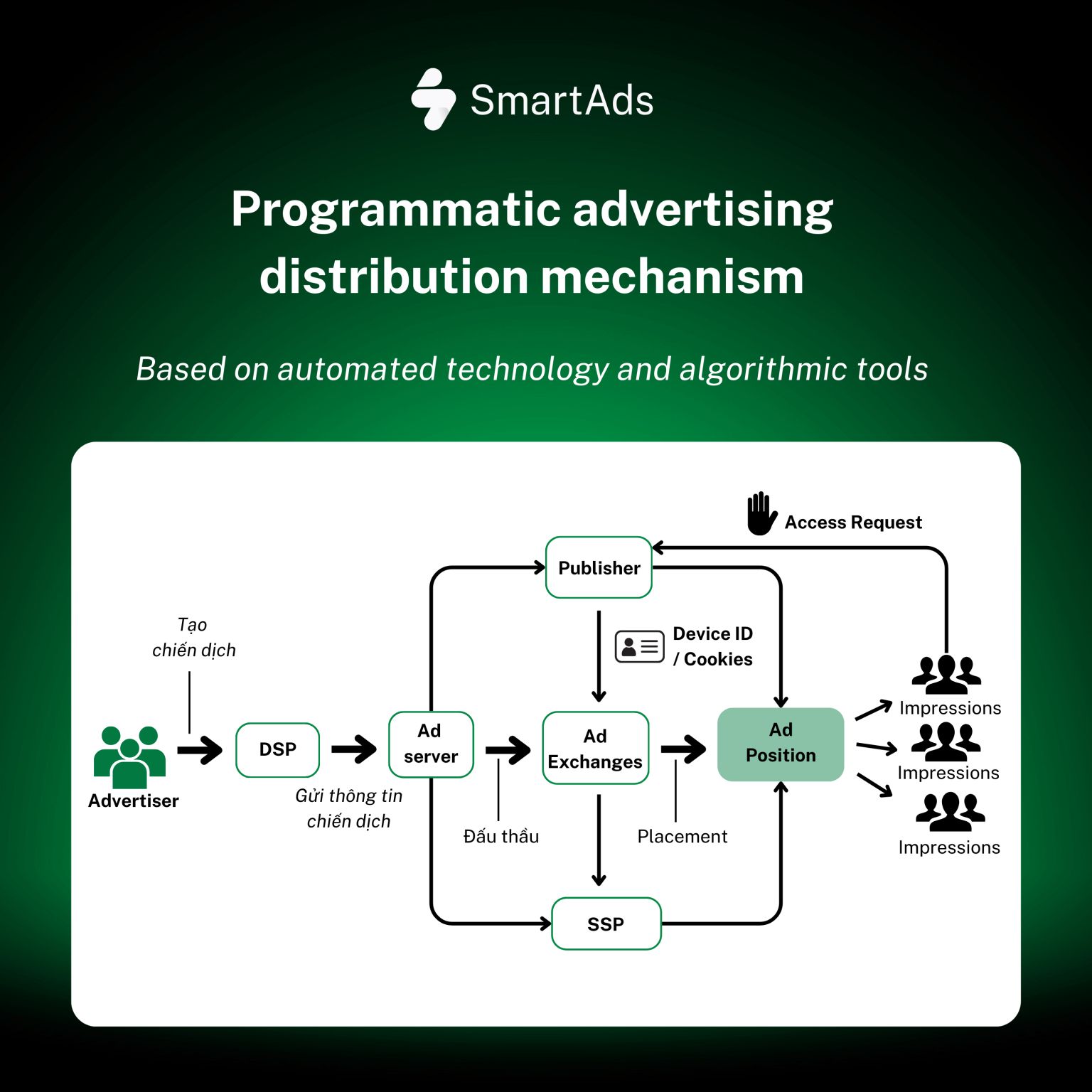
In practice, Programmatic Advertising refers to the automated process of buying and selling digital advertising through technology platforms. This ecosystem involves several key components:
-
Publisher: Websites, apps, or digital platforms that provide ad inventory.
-
Advertiser: Businesses or organizations that want to promote their products or services to users.
-
DSP (Demand-Side Platform): A platform that helps advertisers buy ad space programmatically.
-
SSP (Supply-Side Platform): A platform that enables publishers to sell their ad inventory efficiently.
-
DMP (Data Management Platform): A platform for managing and analyzing audience data to improve targeting accuracy.
-
CDP (Customer Data Platform): A centralized system that collects and unifies customer data from multiple sources (websites, apps, CRM, emails, etc.) to create a single customer view.
-
Ad Network: Acts as an intermediary between publishers and advertisers, aggregating ad inventory from multiple publishers and selling it to advertisers.
-
Ad Exchange: A digital marketplace where ad inventory is bought and sold automatically between advertisers and publishers via real-time bidding (RTB). It integrates components such as Ad Networks, DSPs (advertiser side), and SSPs (publisher side) to maximize campaign performance and efficiency.
2. How programmatic ad distribution works:
Programmatic advertising operates through the following process:
a. Advertiser sets up the campaign
-
The advertiser creates and configures their campaign through a DSP (Demand-Side Platform), defining key parameters such as:
+ Campaign objectives: Brand awareness, lead generation, sales, etc.
+ Target audience: Demographics, interests, user behaviors, devices, browsers, etc.
+ Budget: Total spend, buying method (CPM, CPC, CPE, etc.), and maximum bid price per impression.
+ Ad formats: Banner, video, native ads, etc.
>>> What are Native Ads? Explore contextual ad delivery across online newspapers in 2025.
b. DSP sends ad request to the Ad Exchange
-
Once the campaign is set up, the DSP sends an ad request containing targeting details to Ad Exchanges.
c. Ad Exchange conducts the auction
-
When a user visits a publisher’s website or app, the SSP (Supply-Side Platform) sends information about the available ad space and user data to the Ad Exchange.
-
The Ad Exchange then initiates a Real-Time Bidding (RTB) auction, where:
+ DSPs bid based on user data and available inventory.
+ The advertiser offering the highest bid within their budget wins the impression.
d. Winning ad is displayed instantly
-
The winning advertiser’s ad is served on the publisher’s website or app within milliseconds, ensuring a seamless user experience.
e. Measurement and optimization
-
After the ad is delivered, DSPs and analytics tools collect performance data including impressions, CTR, conversions, CPA, etc. This helps determine optimal timing, placement, and audience segments for future delivery until the campaign budget is exhausted.
-
Based on these insights, advertisers can optimize their campaigns by adjusting audience targeting, bid prices, budgets, or ad creatives (images, videos, and copy) to improve performance.
3. Types of Programmatic Buying Models
There are five primary models in programmatic advertising:
a. Real-Time Bidding (RTB)
-
An open auction where ads are bid and displayed in real-time as users load a webpage or app. Each impression is sold individually within milliseconds.
-
Advantages: Cost flexibility and pay-per-impression efficiency.
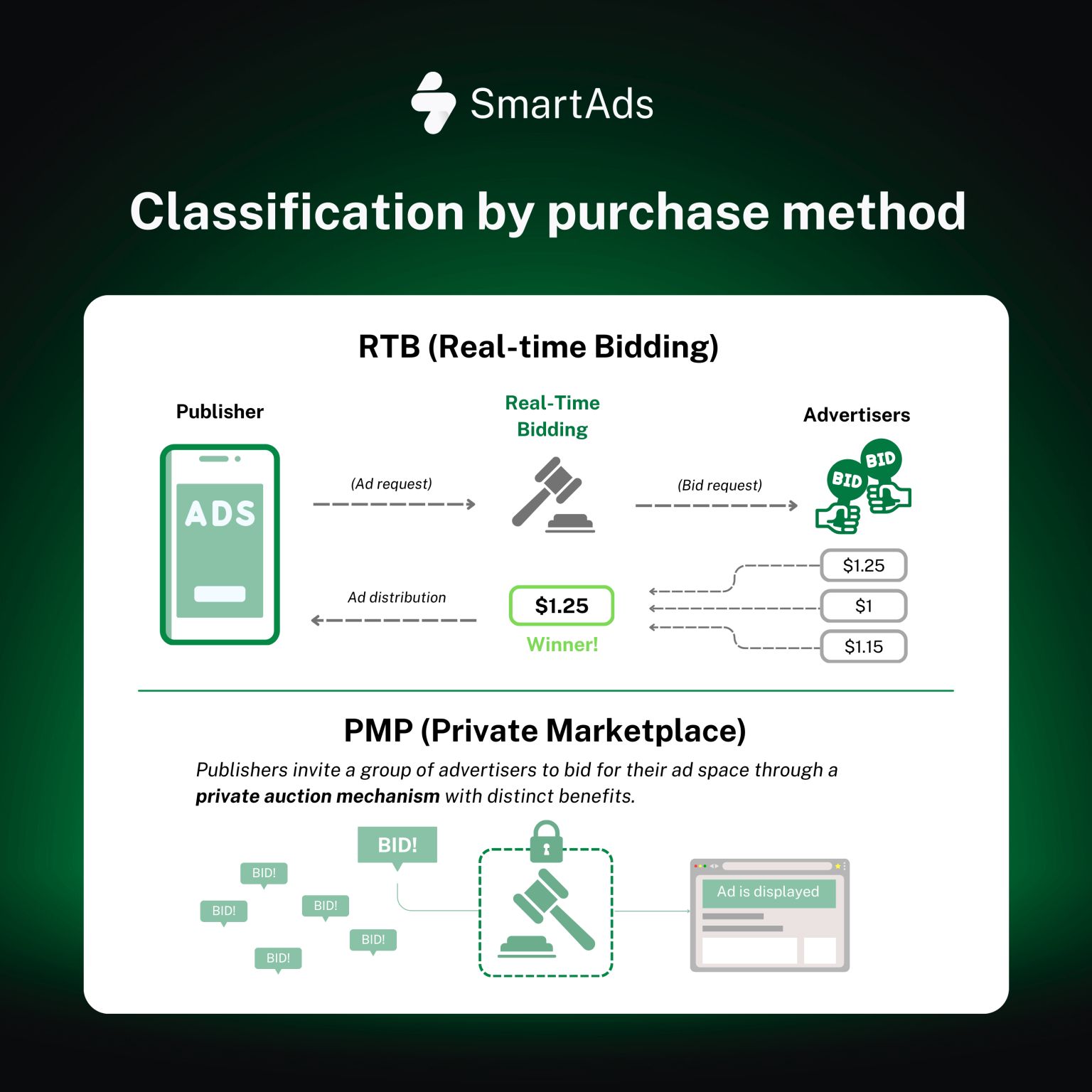
Two programmatic buying models: Real-Time Bidding (RTB) and Private Marketplace (PMP)
b. Programmatic Direct
-
Ad space is purchased directly from a publisher without an auction, suitable for long-term or large-scale campaigns.
-
Advantages: Guaranteed ad placement and consistent impressions.
c. Private Marketplace (PMP)
-
An invitation-only version of RTB, where selected advertisers participate in exclusive auctions.
-
Advantages: Access to premium audiences with higher control and transparency.
d. Programmatic Guaranteed
-
A guaranteed deal between an advertiser and a publisher. The advertiser commits to a fixed number of impressions, and the publisher secures premium ad placement at an agreed price.
-
Advantages: Guaranteed inventory and placement, ideal for large campaigns with fixed budgets.

e. Spot Buying (Preferred Deals)
-
A non-guaranteed model where advertisers and publishers negotiate preferred prices and terms. However, there’s no commitment on the number of impressions—ads are only served when unsold inventory remains after guaranteed deals.
-
Advantages: Suitable for smaller budgets, offering access to quality inventory at discounted rates without fixed volume commitments.
4. The Difference Between Programmatic Advertising and Display Advertising
-
Display Advertising: This is a traditional form of online advertising, usually executed manually under a CPD (Cost Per Duration) model for branding campaigns that aim to increase brand awareness. Ads are placed directly on publisher websites without automated audience targeting or data-driven optimization.
-
Programmatic Advertising: This approach automates the ad buying and selling process, leveraging data and algorithms to bid in real-time and deliver the most relevant ad to each individual user.
5. Common Pricing Models in Programmatic Advertising
In Programmatic Advertising, several pricing models are used depending on campaign objectives. Below are the most common ones:
a. CPC (Cost Per Click)
Advertisers pay whenever a user clicks on the ad.
- Best for: campaigns focused on traffic generation or user engagement.
b. CPM (Cost Per Mille – Cost Per Thousand Impressions)
Advertisers pay for every 1,000 ad impressions, regardless of clicks.
- Best for: campaigns targeting brand awareness and reach.
c. CPA (Cost Per Action)
Advertisers pay only when a user completes a specific action — such as filling out a form, signing up, or making a purchase.
- Best for: conversion-driven campaigns aiming to maximize ROI.
d. CPD (Cost Per Duration)
A fixed fee is paid to display ads for a set period of time, regardless of impressions or clicks.
- Best for: long-term branding campaigns seeking consistent ad placement.
e. CPV (Cost Per View)
Advertisers pay each time a video ad is viewed (typically 30 seconds or until the video ends).
- Best for: video advertising campaigns on platforms like YouTube or OTT networks.
f. CPI (Cost Per Install)
Advertisers pay whenever a user installs a mobile app through the ad.
- Best for: mobile app marketing and user acquisition campaigns.
>>> Learn more about online advertising pricing models here.
Conclusion
Programmatic Advertising is not just a trend — it is an optimized solution that helps brands reach their target audience more efficiently. By understanding the core concepts and applying the right strategies, marketers can maximize campaign performance and achieve their business goals.
Start exploring the power of Programmatic Advertising with SmartAds today!





